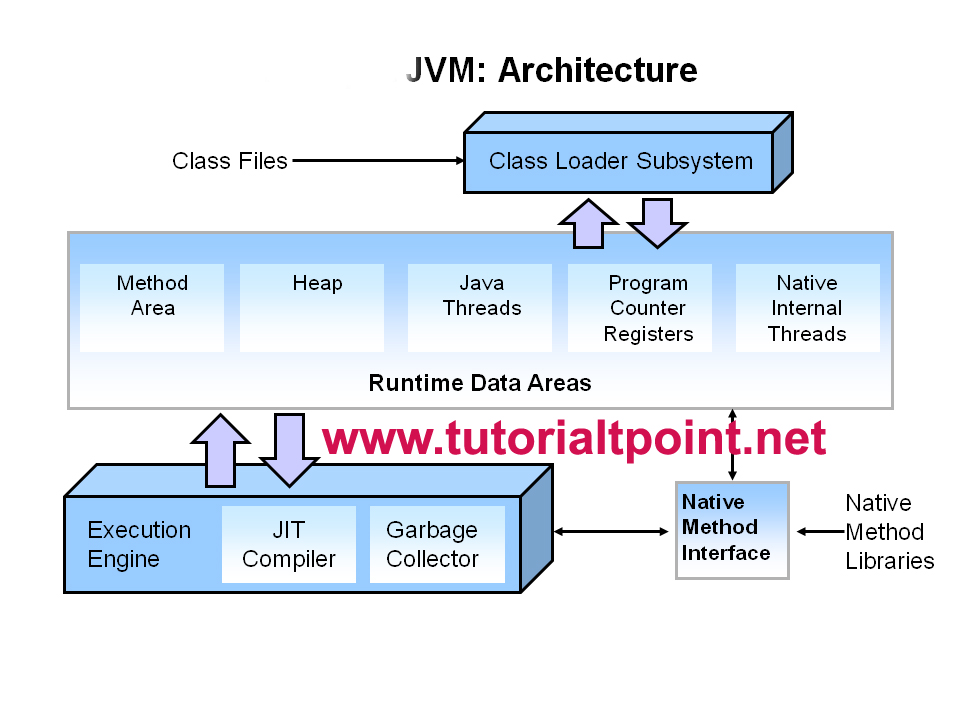

The smaller types only have a few type-specific instructions for loading, storing, and type conversion. boolean, byte, short, and char types are all sign-extended (except char which is zero-extended) and operated on as 32-bit integers, the same as int types. long and double types, which are 64-bits, are supported natively, but consume two units of storage in a frame's local variables or operand stack, since each unit is 32 bits. The earlier JVM were only 32-bit machine. The data types can be divided into primitive types ( integers, Floating-point, long etc) and Reference types. The JVM operates on specific types of data as specified in Java Virtual Machine specifications. The Java virtual machine specification doesn't specify how a class loader should locate classes. In general, there are two types of class loader: bootstrap class loader and user defined class loader.Įvery Java virtual machine implementation must have a bootstrap class loader, capable of loading trusted classes, and an extension class loader or application class loader.
#Java virtual machine for mac code
#Java virtual machine for mac free
Any implementation is free to recognize other binary forms besides class files, but it must recognize class files. A class loader implementation must be able to recognize and load anything that conforms to the Java class file format. One of the organizational units of JVM byte code is a class. Oracle owns the Java trademark and may allow its use to certify implementation suites as fully compatible with Oracle's specification. Clean-room Java implementations include Kaffe, OpenJ9 and Skelmir's CEE-J. One of Oracle's JVMs is named HotSpot, the other, inherited from BEA Systems is JRockit. Oracle provides tests that verify the proper operation of implementations of the Java Virtual Machine. We intend that this specification should sufficiently document the Java Virtual Machine to make possible compatible clean-room implementations. The specification for the JVM was published as the blue book, The preface states: As of 2006, changes to specification to support changes proposed to the class file format (JSR 202) are being done as a maintenance release of JSR 924. Starting with Java Platform, Standard Edition (J2SE) 5.0, changes to the JVM specification have been developed under the Java Community Process as JSR 924. Any Java application can be run only inside some concrete implementation of the abstract specification of the Java virtual machine. The main reason for this omission is to not unnecessarily constrain implementers. The garbage-collection algorithm used and any internal optimization of the Java virtual machine instructions (their translation into machine code) are not specified. The Java virtual machine is an abstract (virtual) computer defined by a specification. 1.6 Bytecode interpreter and just-in-time compiler.


 0 kommentar(er)
0 kommentar(er)
